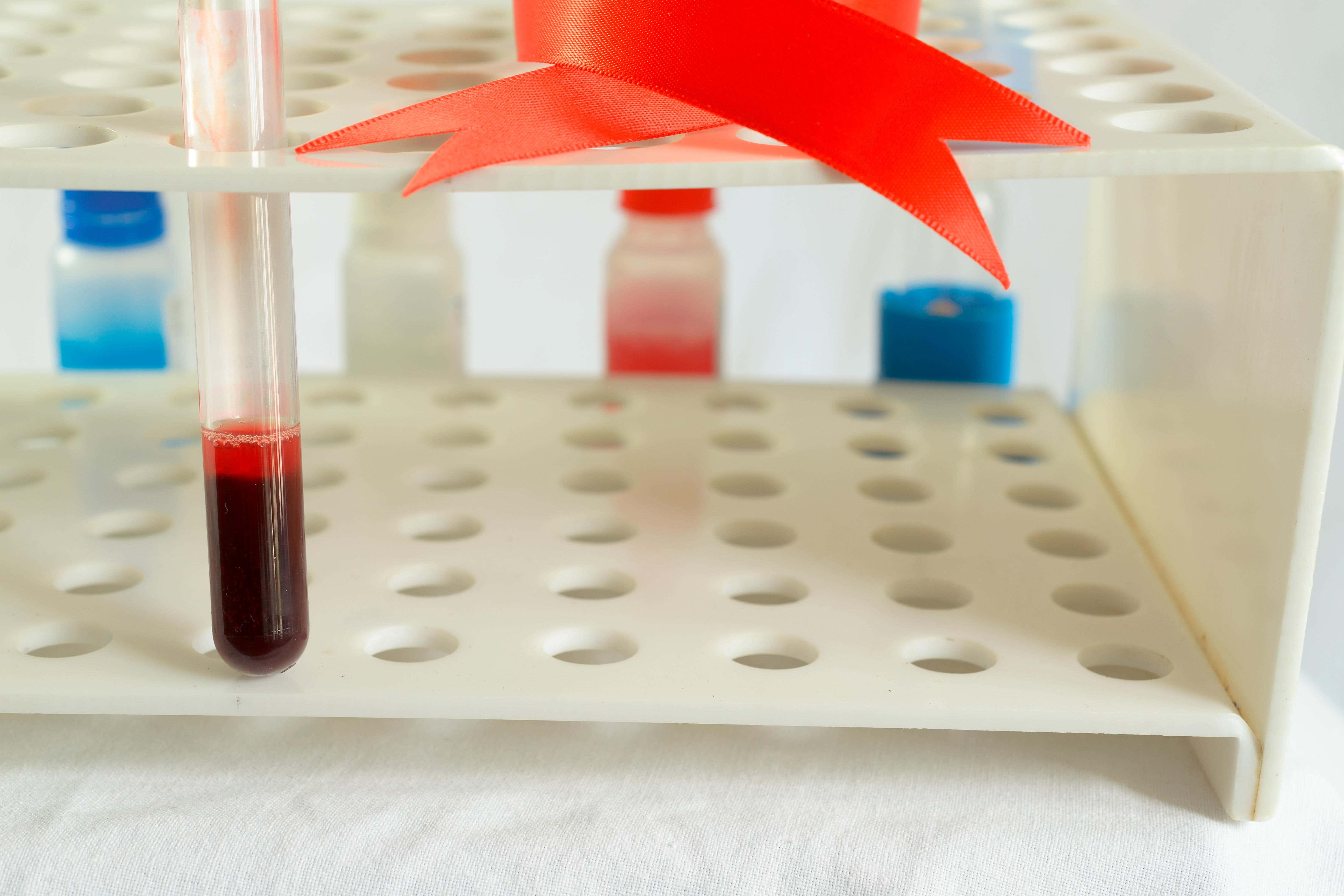Charity hopes report will show who decided haemophiliacs were ‘expendable’
The final Infected Blood Inquiry report will be published on May 20.

Your support helps us to tell the story
From reproductive rights to climate change to Big Tech, The Independent is on the ground when the story is developing. Whether it's investigating the financials of Elon Musk's pro-Trump PAC or producing our latest documentary, 'The A Word', which shines a light on the American women fighting for reproductive rights, we know how important it is to parse out the facts from the messaging.
At such a critical moment in US history, we need reporters on the ground. Your donation allows us to keep sending journalists to speak to both sides of the story.
The Independent is trusted by Americans across the entire political spectrum. And unlike many other quality news outlets, we choose not to lock Americans out of our reporting and analysis with paywalls. We believe quality journalism should be available to everyone, paid for by those who can afford it.
Your support makes all the difference.The final report of the Infected Blood Inquiry will hopefully reveal who thought that the haemophilia community was “expendable” when they were given a contaminated blood product, a charity has said.
A “horrifying” number of people with haemophilia suffered harm as a result of the infected blood scandal, the Haemophilia Society said.
It comes as pressure mounts ahead of publication of the inquiry’s final report on May 20.
Kate Burt, chief executive of the Haemophilia Society, said that people in the haemophilia community hope the “truth will finally come out” when the report is published.
She described the publication of the report as a “significant milestone” for people with the blood disorder, but said that for many the scandal “will never end”.
About 4,900 people with haemophilia were infected, almost all with hepatitis, but 2,500 of these were co-infected with both hepatitis and HIV.
Of the group who were infected with both Hepatitis C and HIV, about 250 are still alive today.
“Statistically, the numbers are horrifying,” Ms Burt told the PA news agency.
Every story you hear has just the multiple layers of loss - the loss of the ability to have children, the loss of careers, having to give up careers to be carers, not getting married ... just every normal stage of life was derailed
“The long-term psychological impact of this has been disastrous for people.
“Another horrendous thing is those, the surviving infected, are waiting for the comorbidities to hit them, whether it’s, you know, liver cancer or, you know, something else happening.
“Every story you hear has just the multiple layers of loss – the loss of the ability to have children, the loss of careers, having to give up careers to be carers, not getting married … just every normal stage of life was derailed.”
Haemophilia is an inherited disorder where the blood does not clot properly. Most people with the condition have a shortage of the protein that enables human blood to clot, known as Factor VIII.
In the 1970s, a new treatment was developed to replace the missing clotting agent, which was made from donated human blood plasma.
Manufacturers made the product by pooling plasma from tens of thousands of people – increasing the risk of the product containing blood infected with viruses including hepatitis and HIV.
Many patients welcomed this new treatment, which could be delivered by injection at home, as prior to its introduction patients required transfusions with plasma which had to be given in hospital.
“The plasma pooling meant that it was inherently unsafe,” Ms Burt said.
Part of the horror story is that many parents have this overwhelming, horrible guilt that they injected their children and therefore they were injecting them with these viruses that killed them
“There only needed one person with a virus to contaminate that whole pool of product, but they did it anyway.
“And we know from the research done in the States that they targeted prisons (for donations) – they targeted Arkansas, they targeted Louisiana. They asked people to sell their blood to them.
“The risks that they were minimising proved to be catastrophic.
“So this miracle treatment, which was supposed to transform the lives of people with haemophilia – and it did – also killed them.”
She added: “Part of the horror story is that many parents have this overwhelming, horrible guilt that they injected their children and, therefore, they were injecting them with these viruses that killed them.”
On the publication of the report, she said: “I think it’s a significant milestone. This is a story that will never end for you know, it’s a multi-generational scandal.
“So, for our community of people with haemophilia and other bleeding disorders that were infected, many of whom have died, the families of the survivors, it will never end. Therefore, our support for that community will never end.
“It’s the past, it’s the present, it’s the future.”
Ms Burt said: “As Sir Brian Langstaff (chairman of the inquiry) said, those failures – systemic, individual and organisational failures – will finally be exposed.”
She mentioned former health secretary Andy Burnham calling the scandal a “criminal cover-up on an industrial scale”, adding: “That’s what we want exposed by the final report – who knew what and when, and why did they decide that this community was expendable?
“It has become evident over the years of the inquiry, that all of the safeguards that should have been in place at a governmental level, Department of Health, hospitals, clinicians, all failed.”
Ms Burt continued: “Nothing finishes on May 20, it is just a major and significant milestone that we hope will expose the truth of what happened.”
She added: “We feel that if this had been properly investigated 30 years ago, then maybe other health scandals might have been avoided.
“But that’s the huge fear is that, ‘could this happen again’? Yes, it could.”